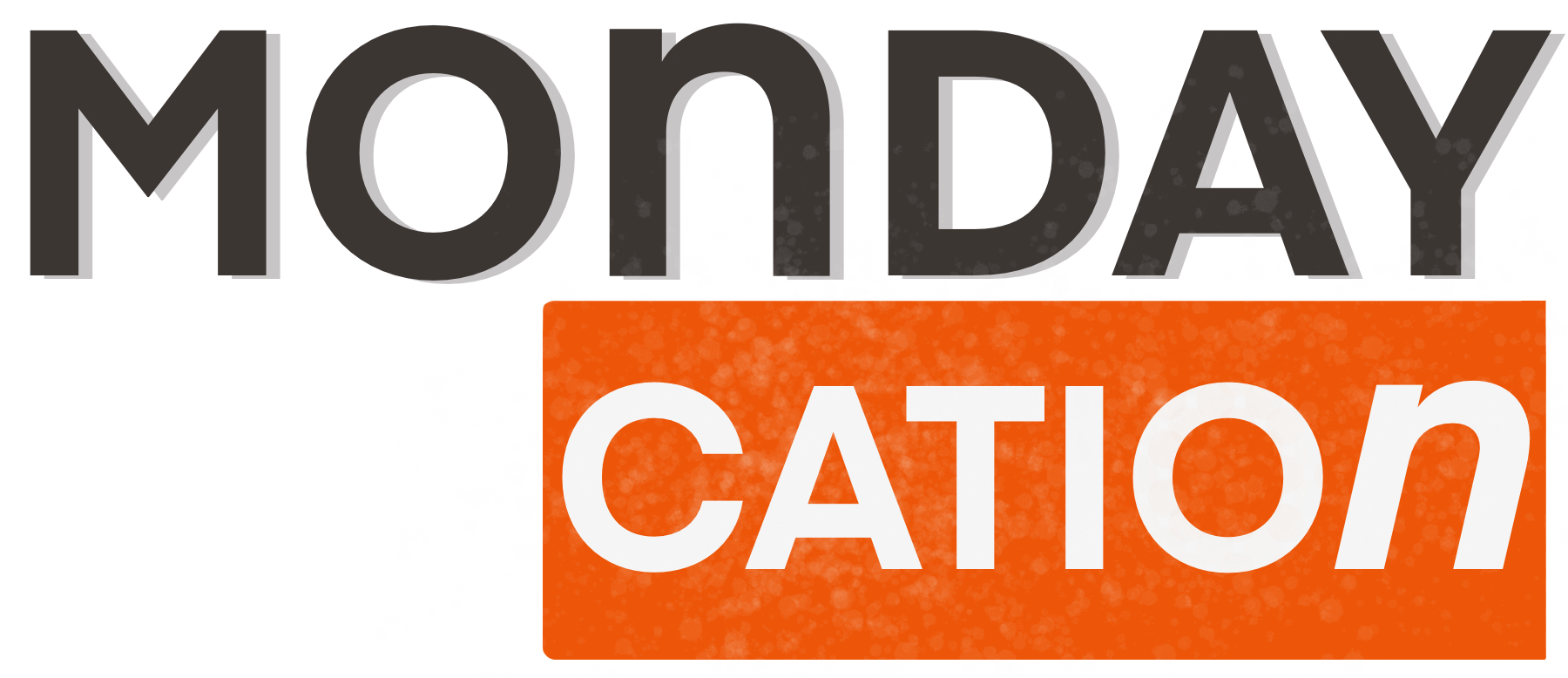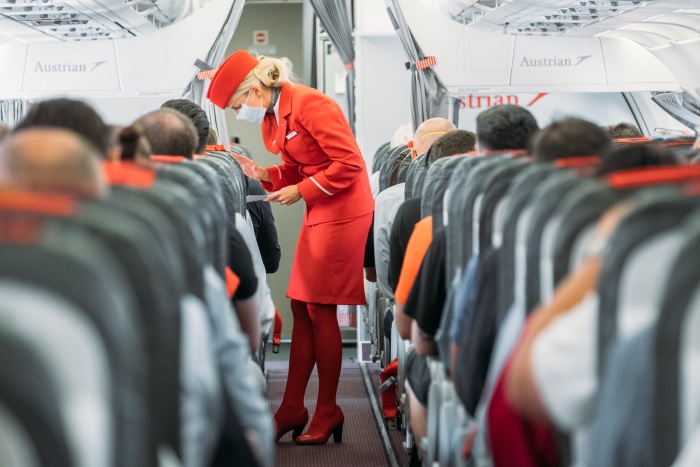The Worldwide Air Transport Affiliation (IATA) has sought to show the low incidence of in-flight Covid-19 transmission with an up to date tally of printed circumstances.
Because the begin of 2020 there have been 44 circumstances of Covid-19 reported through which transmission is believed to have been related to a flight journey (inclusive of confirmed, possible and potential circumstances).
Over the identical interval some 1.2 billion passengers have travelled.
“The danger of a passenger contracting Covid-19 whereas onboard seems very low.
“With solely 44 recognized potential circumstances of flight-related transmission amongst 1.2 billion travellers, that’s one case for each 27 million travellers.
“We recognise that this can be an underestimate however even when 90 per cent of the circumstances have been un-reported, it might be one case for each 2.7 million travellers.
“We expect these figures are extraordinarily reassuring.
“Moreover, the overwhelming majority of printed circumstances occurred earlier than the sporting of face coverings inflight grew to become widespread,” stated David Powell, IATA medical advisor.
New perception into why the numbers are so low has come from the joint publication by Airbus, Boeing and Embraer of separate computational fluid dynamics analysis carried out by every producer of their plane.
Whereas methodologies differed barely, every detailed simulation confirmed that plane airflow techniques do management the motion of particles within the cabin, limiting the unfold of viruses. Information from the simulations yielded related outcomes:
- Plane airflow techniques, Excessive Effectivity Particulate Air (HEPA) filters, the pure barrier of the seatback, the downward circulate of air, and excessive charges of air trade effectively cut back the chance of illness transmission on board in regular instances.
- The addition of mask-wearing amid pandemic considerations provides an extra and important additional layer of safety, which makes being seated in shut proximity in an plane cabin safer than most different indoor environments.
IATA’s knowledge assortment, and the outcomes of the separate simulations, align with the low numbers reported in a not too long ago printed peer-reviewed examine by Freedman and Wilder-Smith within the Journal of Journey Drugs.
Though there isn’t any method to set up a precise tally of attainable flight-associated circumstances, IATA’s outreach to airways and public well being authorities mixed with an intensive evaluate of accessible literature has not yielded any indication that onboard transmission is in any means widespread or widespread.
Additional, the Freedman/Wilder-Smith examine factors to the efficacy of mask-wearing in additional lowering danger.
“ICAO’s complete steering for protected air journey amid the Covid-19 disaster depends on a number of layers of safety, which contain the airports in addition to the plane.
“Masks-wearing is without doubt one of the most seen.
“However managed queuing, contactless processing, decreased motion within the cabin, and simplified onboard companies are among the many a number of measures the aviation trade is taking to maintain flying protected.
“And that is on prime of the truth that airflow techniques are designed to keep away from the unfold of illness with excessive air circulate charges and air trade charges, and extremely efficient filtration of any recycled air,” concluded Powell.

